Cucumber is a tropical plant native to India. It began to be grown in garden beds back in Ancient Egypt, and at a later time it spread throughout the world. Success in growing this crop depends on many factors, but the main role is played by the correct choice of variety. Most often, most gardeners make the same mistake - they sow two or three varieties that have been cultivated for more than two decades.
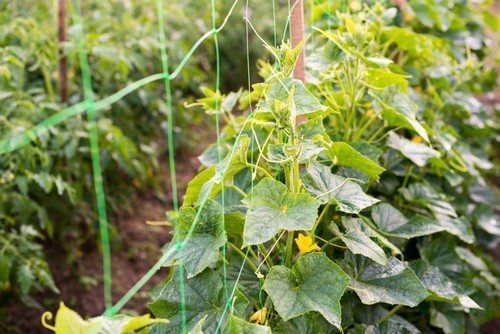
Breeders are constantly working to develop new hybrids that produce good yields and have good quality characteristics. For successful cultivation, it is worth sowing several different varieties at once. This technique will allow you to determine the yield of each variety in certain climatic conditions. In the event of prolonged rains or severe drought, the gardener will have a chance to get a harvest from at least one variety.
According to the ripening period, cucumber varieties are divided into ultra-early, early, mid-ripening and late-ripening. Also, each of the hybrids has its own purpose - there are cucumbers that can be pickled, salted or used for preparing fresh dishes. There are also plants that produce multipurpose fruits. Most often, seeds of early and medium varieties are sown in open beds.
Self-pollinating hybrids do not require the presence of bees and bear fruit regardless of atmospheric conditions. The fruits are completely free of bitterness. Also, these plants have good immunity.
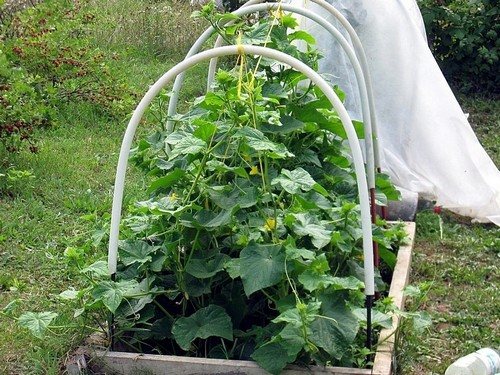
Insect-pollinated varieties may start their fruiting season later if it has been cold and rainy in late spring and early summer.
Gherkin varieties of cucumbers need soil with a high calcium content. During the period of active growth, plants need constant feeding and watering.
In the garden bed you can grow both self-pollinating varieties and cucumbers that are pollinated by insects. On such plants, male flowers are formed first, which should be picked off to speed up the development of the plant. Hybrids capable of self-pollination are less sensitive to excessive amounts of moisture, as well as immunity to diseases.
The best varieties that are suitable for growing in an open garden.
Son of the regiment
Mid-season variety for universal use. It belongs to the category of mini gherkins. The fruits are also collected in the form of pickles. “Son of the Regiment” is distinguished by a long fruiting period.
The fruits have good quality characteristics. They have an oval shape. There are rare tubercles on the surface. The cucumber reaches a size of 6-8 centimeters and does not grow further and is not prone to yellowing.
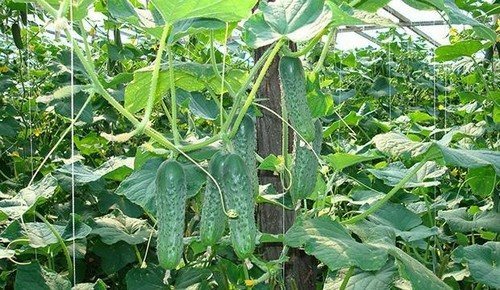
The beginning of fruiting occurs 40-45 days from the moment of sowing under favorable weather conditions. The plant has good immunity to pumpkin scab, powdery mildew and cucumber mosaic virus.

Alligator
Hybrid variety with a long growing season. Plants of this variety are also suitable for growing under film cover. Powerful and large plants grow from the seeds, producing fruits up to 40 centimeters long. The skin is thin and shiny, and the flesh is tender with a sweet taste.Cucumbers are eaten raw or canned for the winter.
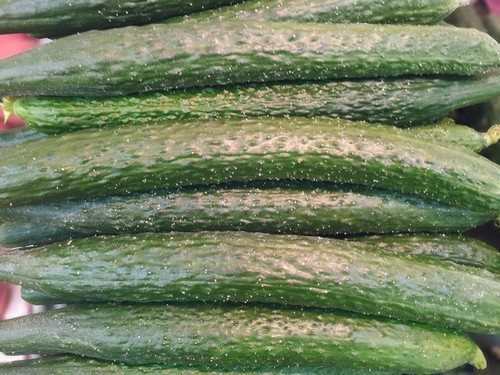
The plant is resistant to true and downy mildew.
Madam
A mid-season variety that can produce a harvest 45 days after planting in an open bed. The peculiarity of the hybrid is that the ovary is arranged in bunches. From three to six cucumbers ripen in one bunch.
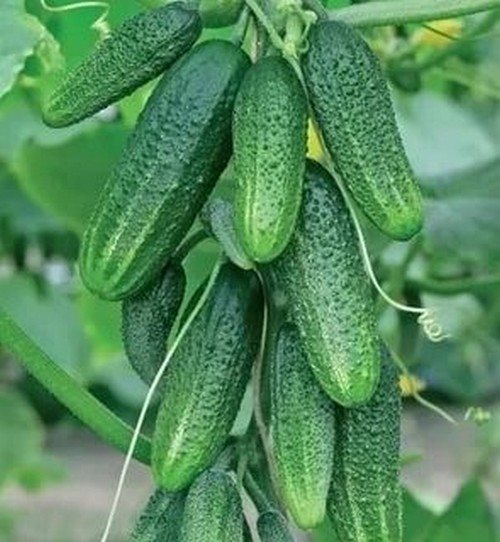
The fruits reach a length of 10-12 cm and a weight of 65 to 85 grams. Cylindrical cucumbers are covered with thin skin. On the surface of the fruit there are a large number of tubercles with white spines.
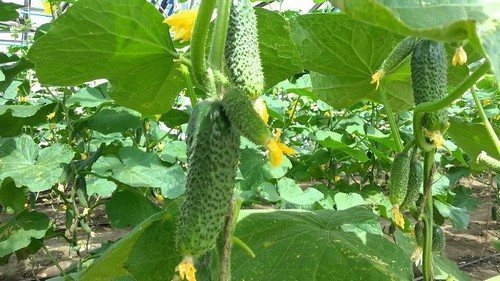
The special value of the hybrid lies in the fact that cucumbers do not outgrow, do not have a tendency to turn yellow, and have a high density.
Plants have good resistance to most diseases. Hybrid "Madame" is characterized by intensive fruiting. The fruits are pickled, salted, and also consumed raw. To properly form the plant, you should pinch the sprout after the third leaf.
Corinna
Ultra-early parthenocarpic hybrid intended for open ground.
The fruits of the Corinna variety are gherkins 8-10 cm long in rich colors. They have no bitterness, the consistency of the pulp is dense. Suitable for pickling, canning and preparing fresh salads.
Cucumber should be sown at the end of May. The variety is not demanding to care for, but the plants need to be fed and watered. On one m2 there should be no more than three plants.
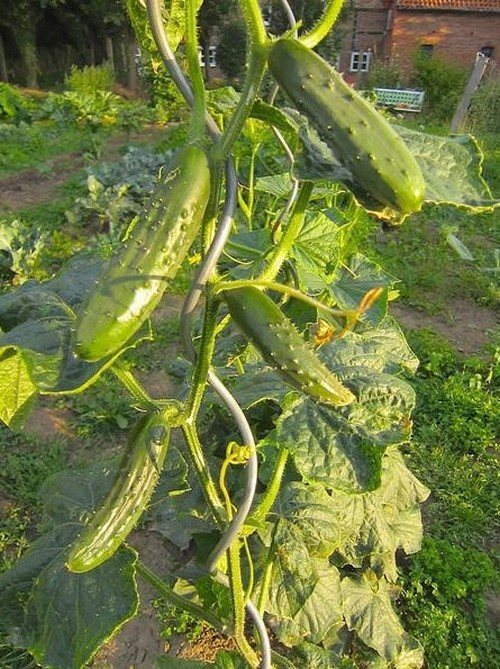
Herman F1
This hybrid is a parthenocarpic and can grow not only in an open garden bed, but also under cover. The first cucumbers can be harvested 36 days after sowing, but mass fruiting begins only after a month and a half.
The ovary is formed in bundles.Productivity per m2 reaches 15 kilograms, but with proper care the figures increase. Almost all fruits have a beautiful shape and the same size. The diameter of the cucumber is 3 cm, and the length is 12 cm. The pulp is high density, light green, tasty, there is no bitterness even with drought and rare watering.
The seeds must be processed and covered with a protective coating. The absence of a bright shell is a sign of counterfeit.
Plants are resistant to powdery mildew, mosaic, and cladosporiosis. Seeds can be sown only after the threat of late frost has passed. Temperatures below +8 °C are detrimental to the plant.

April
An early-ripening hybrid capable of bearing fruit 45 days after sowing. This is a variety suitable for growing on the balcony in large boxes. Cucumbers reach 25 cm in length.
The advantages of the hybrid include low maintenance, good taste, lack of bitterness, and resistance to cold. The plant must be pollinated by bees and will not bear fruit under cover. The variety is high-yielding.

Zador F1
Self-pollinating gherkin-type hybrid, suitable for growing in open ground. The fruits are up to 10 cm long, have excellent taste, are not bitter, and are suitable for fresh consumption, as well as pickling. It is “Zador F1” that is considered one of the best for salting due to its thin skin and lack of seeds. No voids are formed in the fruits.
Seeds can be sown directly into the soil, but this variety also tolerates transplantation well and quickly adapts. The stem of the plant branches well. The Zador F1 hybrid has strong immunity and tolerates unpleasant weather conditions.
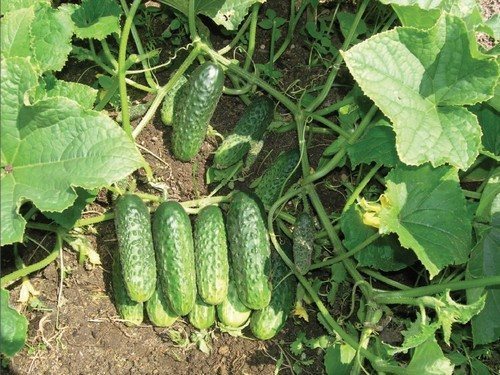
Berendey F1
Parthenocarpic mid-early variety. The peculiarity of the hybrid is its great shade tolerance. This makes it possible to grow the plant even indoors or on the balcony.
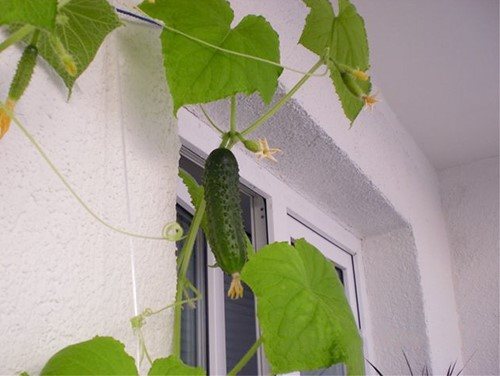
When grown under cover, the seeds are sown directly into the soil in mid-May. In the second half of April, the seeds are sown in separate pots and transplanted into open soil after the appearance of the fourth leaf.
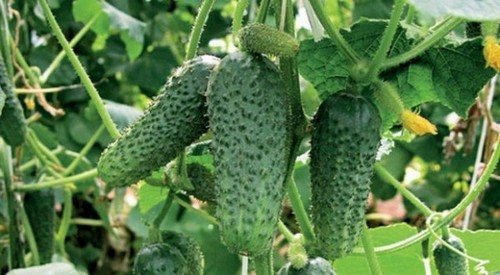
With excessive darkening, the fruits become crooked and pale. The hybrid does not like abundant sunlight and needs to be shaded.
Only female flowers are produced per plant. One node can contain up to 4 fruits. The yield from one meter is up to 14 kg; from one bush you can collect up to 8 kg. The fruits are used to make salads, salted and pickled.

The variety is resistant to root rot and powdery mildew.
Early varieties have a short fruiting period and have weaker immunity than late-ripening hybrids. To get a good harvest, plants are planted in loose soil that contains fertilizers and is well warmed by the sun. To get the earliest possible harvest, it is worth planting cucumbers in seedlings. You should not sow seeds for seedlings ahead of schedule - without special lighting, the young shoots will stretch out, and then problems with adaptation will arise in the garden.
Each individual variety has advantages and disadvantages. When choosing a variety for cultivation, it is worth studying its characteristics and taking into account the climatic conditions in which it will be grown.


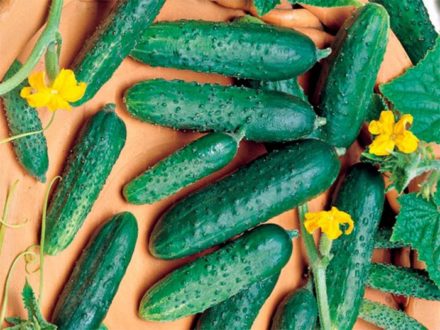
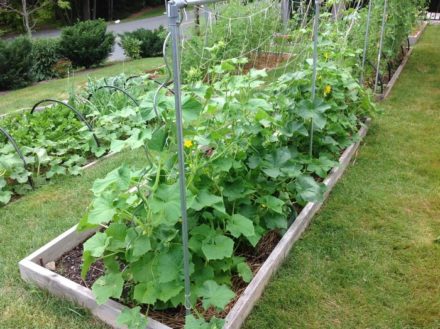
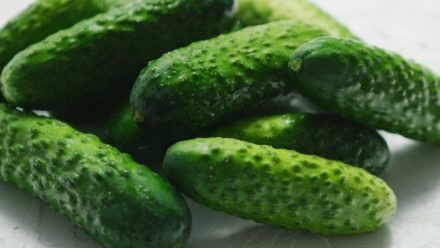
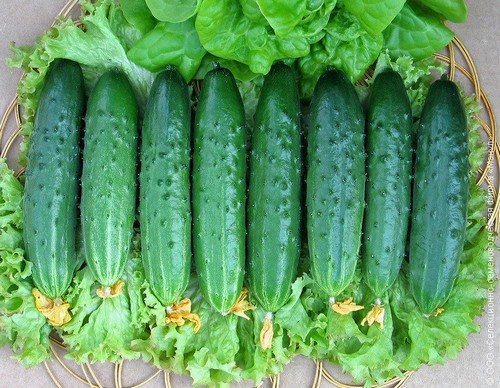


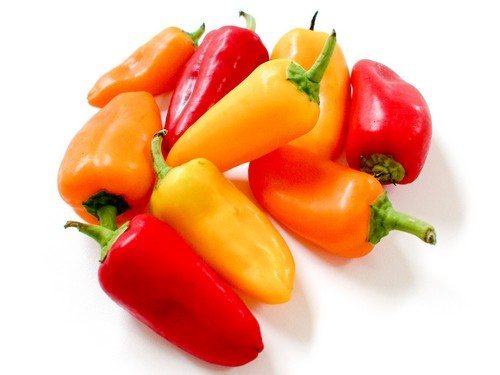
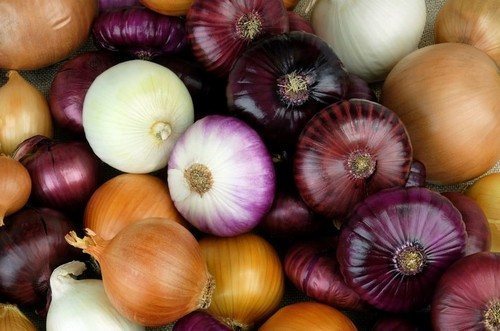


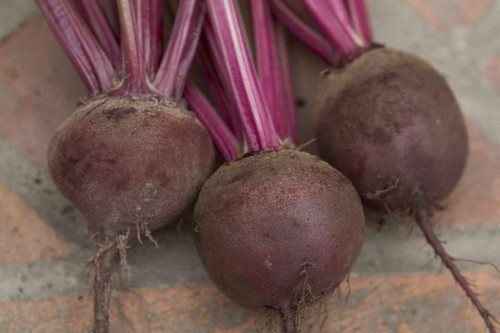
where can I buy these varieties of cucumbers? Thank you.